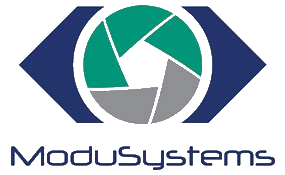
Description
Another message form reflects the "object oriented" nature of the software and has the following form:
<receiver> <verb> <parameters> <CR>
The receiver can be either a single motor axis or a coordinated group of axes. Individual axes are presented as the "A" array numbered 1 to 16 (A is for "Axis"). An example of an object message to an individual axis would be the MTR command, Motor On command:

Here the "receiver" is A1, axis 1, the first "element" in the 16 xis array. MTR is the "verb" which acts on the "receiver". ON is a named constant with the value of 1. The parameter could have been a number also.
Groups of axes are represented as the "C" array numbered 1 to 10 ("C" is for Coordinated group). Before a group can be directed, it must be described with the INI command. The INI command takes as parameters the axis numbers that constitute the coordinated group. For example, a two axis coordinated group could be associated with group 1 as follows:

Ten groups are available. Here the first group is being described as running the first and second axis on the controller. The answer, "2" corresponds to the dimension of the group which should be the same as the number of parameters provided.
Many commands apply to both individual axes as well as to groups. For example, turning on the motors for axis 5 and for group 1 would be done with the same command, just different receivers:

Reading and Writing
Many properties are read and written with the same command. The distinction is determined by whether a parameter has been provided or not. If a parameter has been provided then the command writes the information. If the command is absent a query is performed and the value is not changed.
For example, ACP, Actual Position, can be queried if the position parameter is absent:

Changing the actual position of the axis is accomplished if a parameter is provided:

Note that the result is the parameter value that was sent. This can be used to be assured the value was properly received.